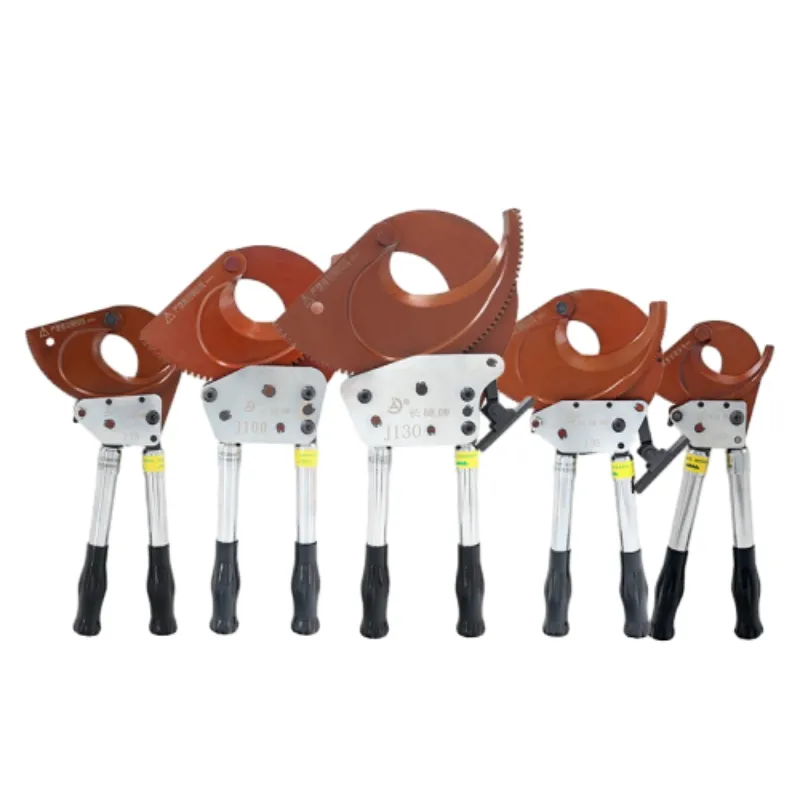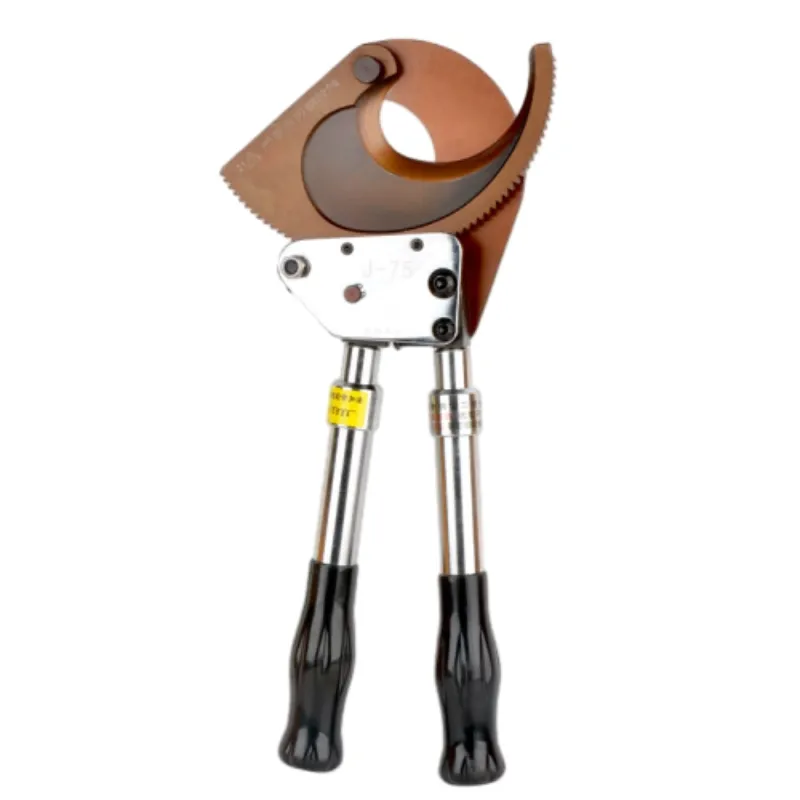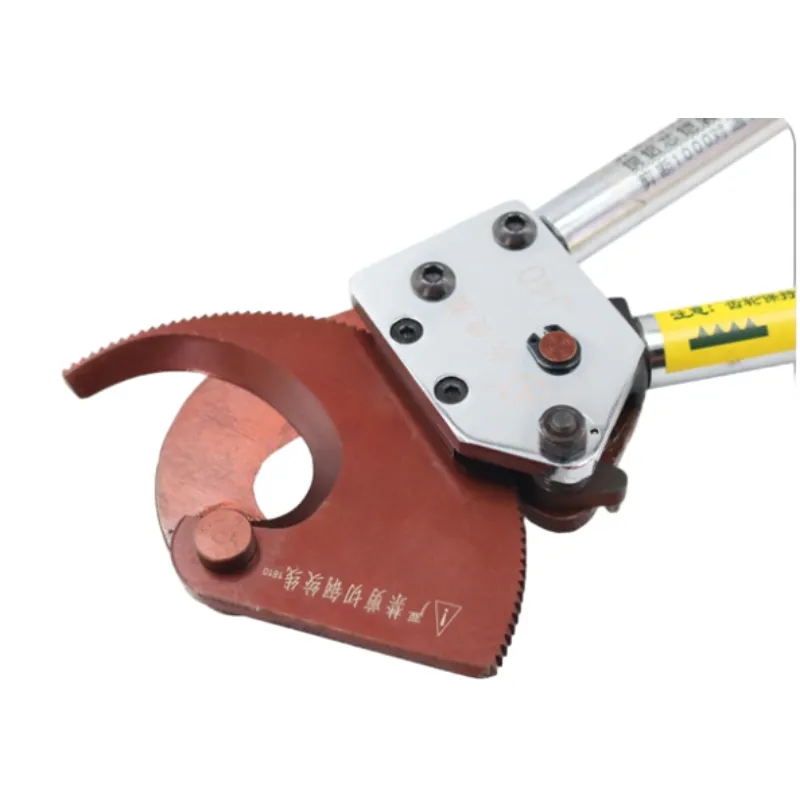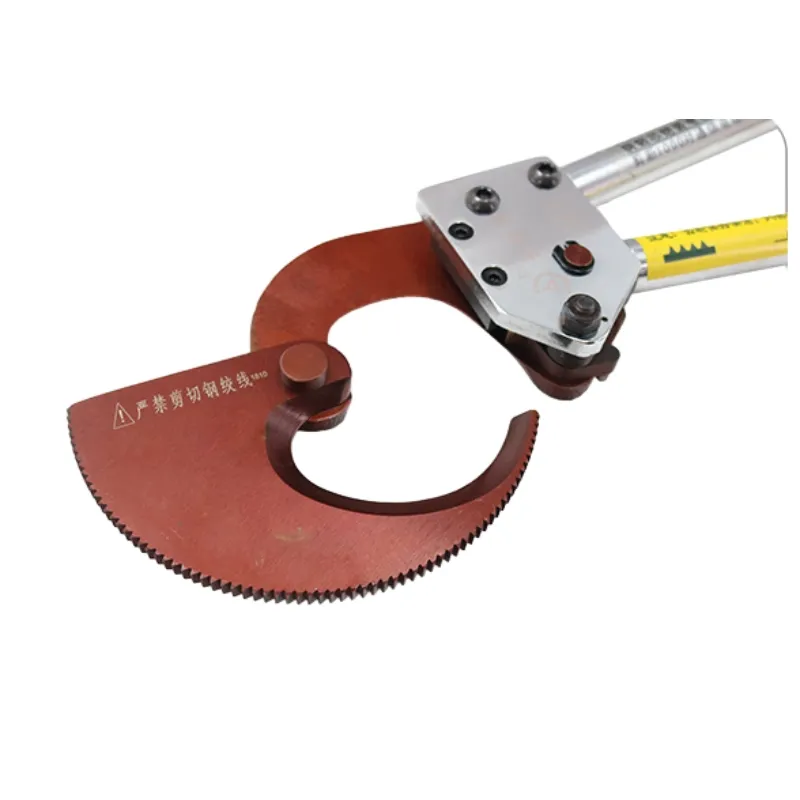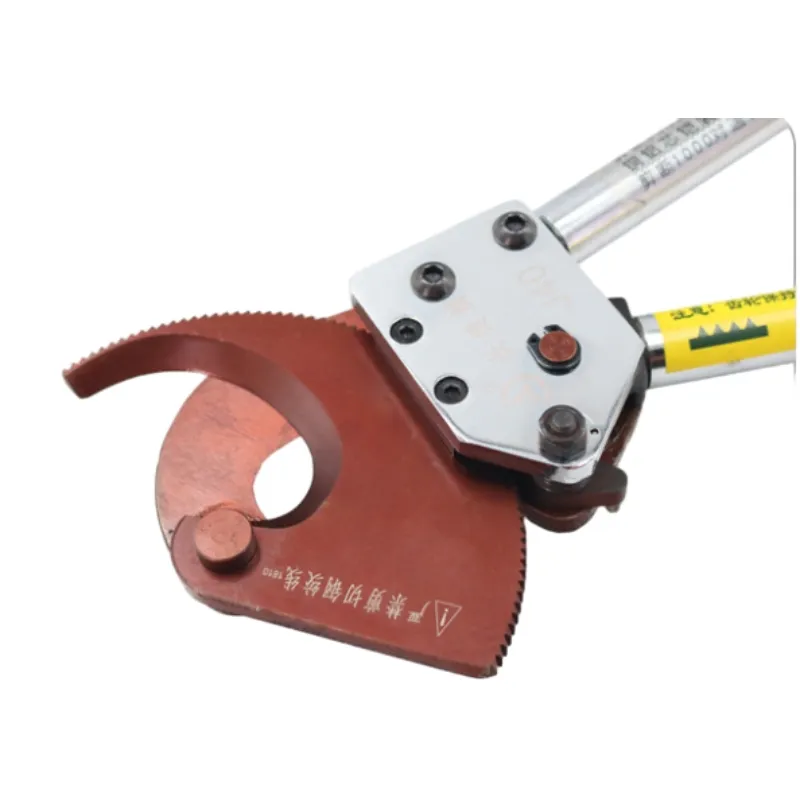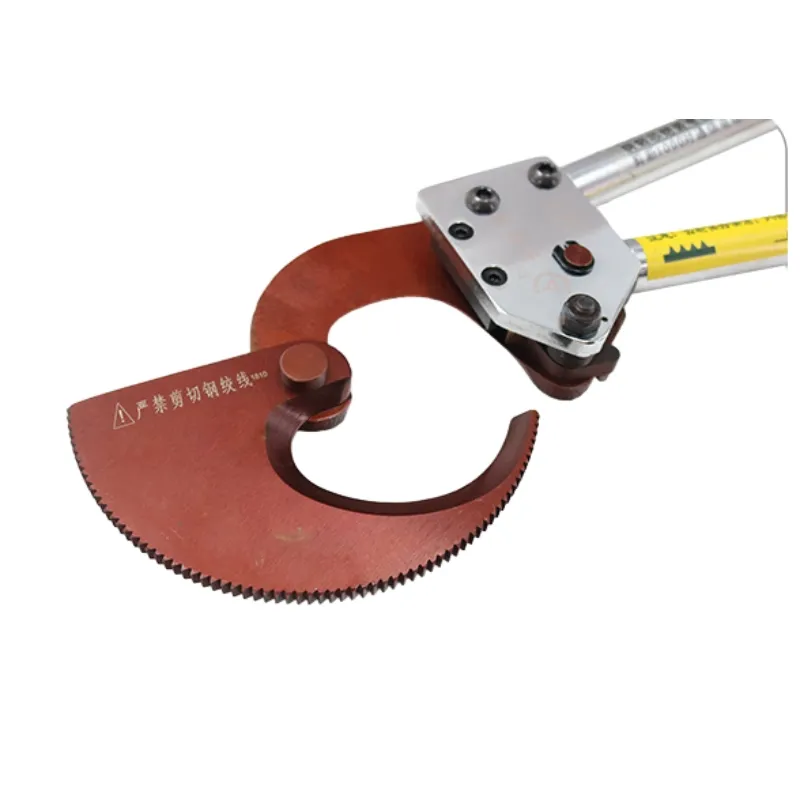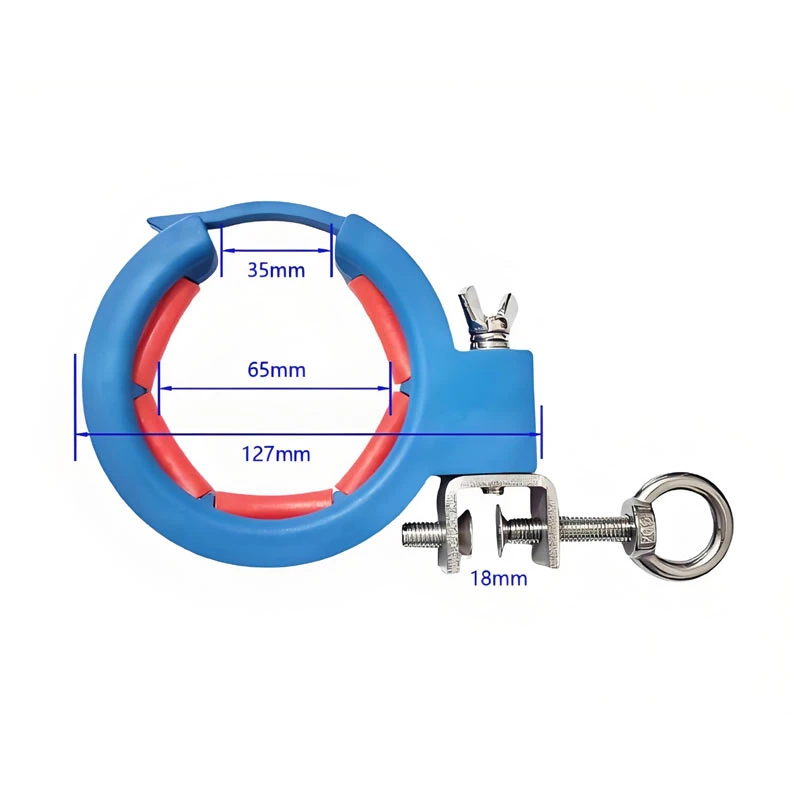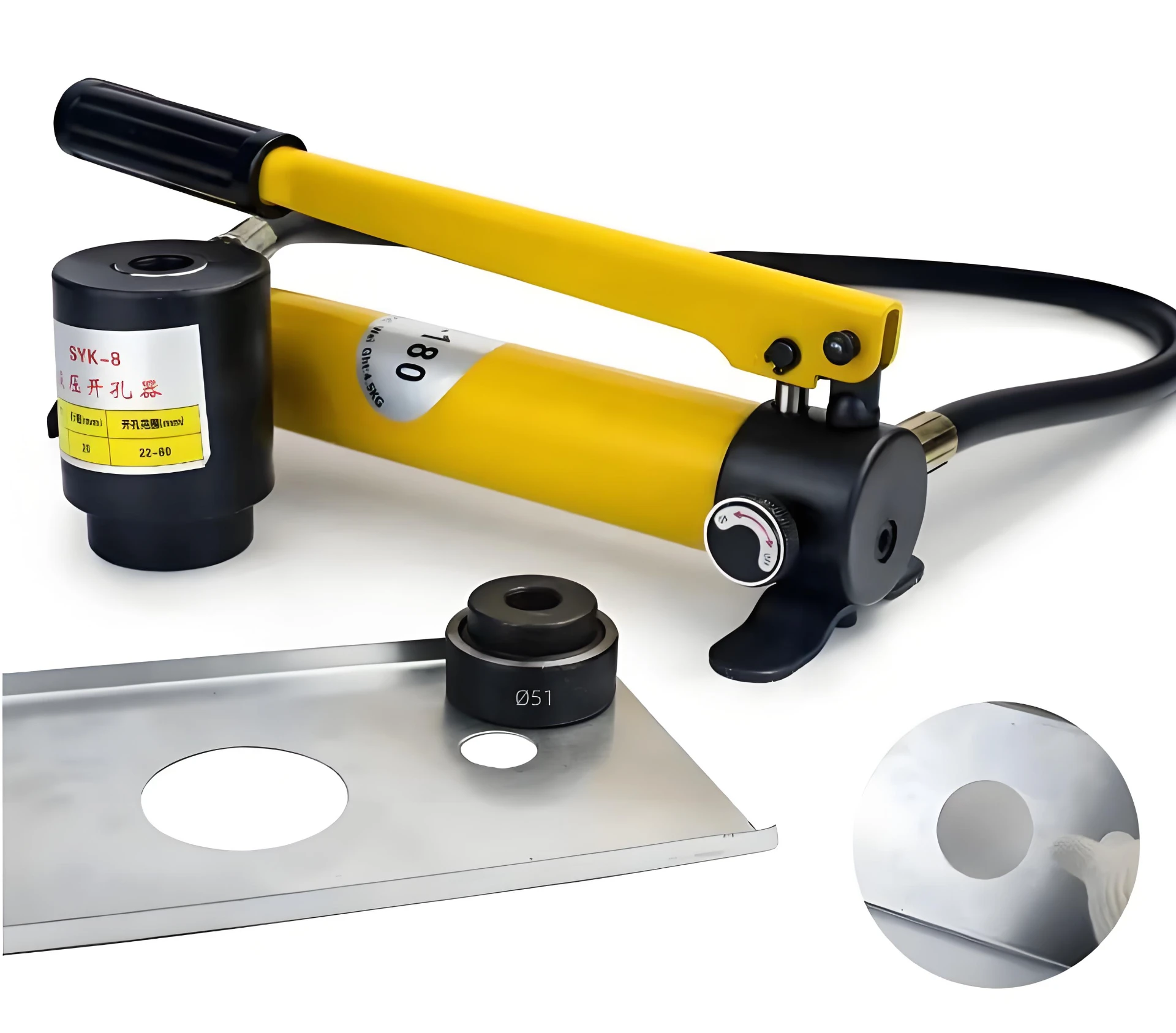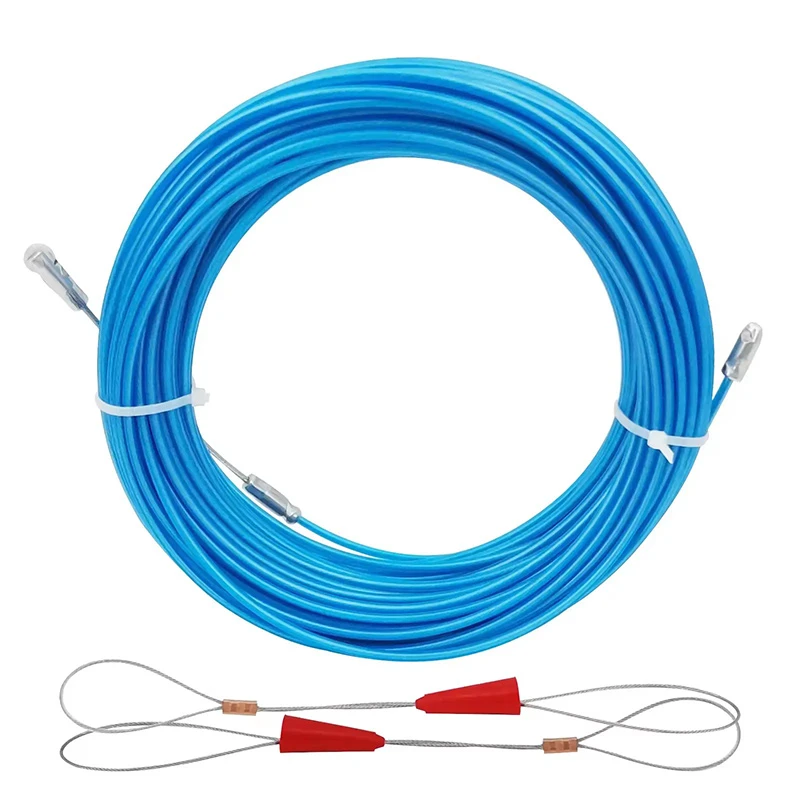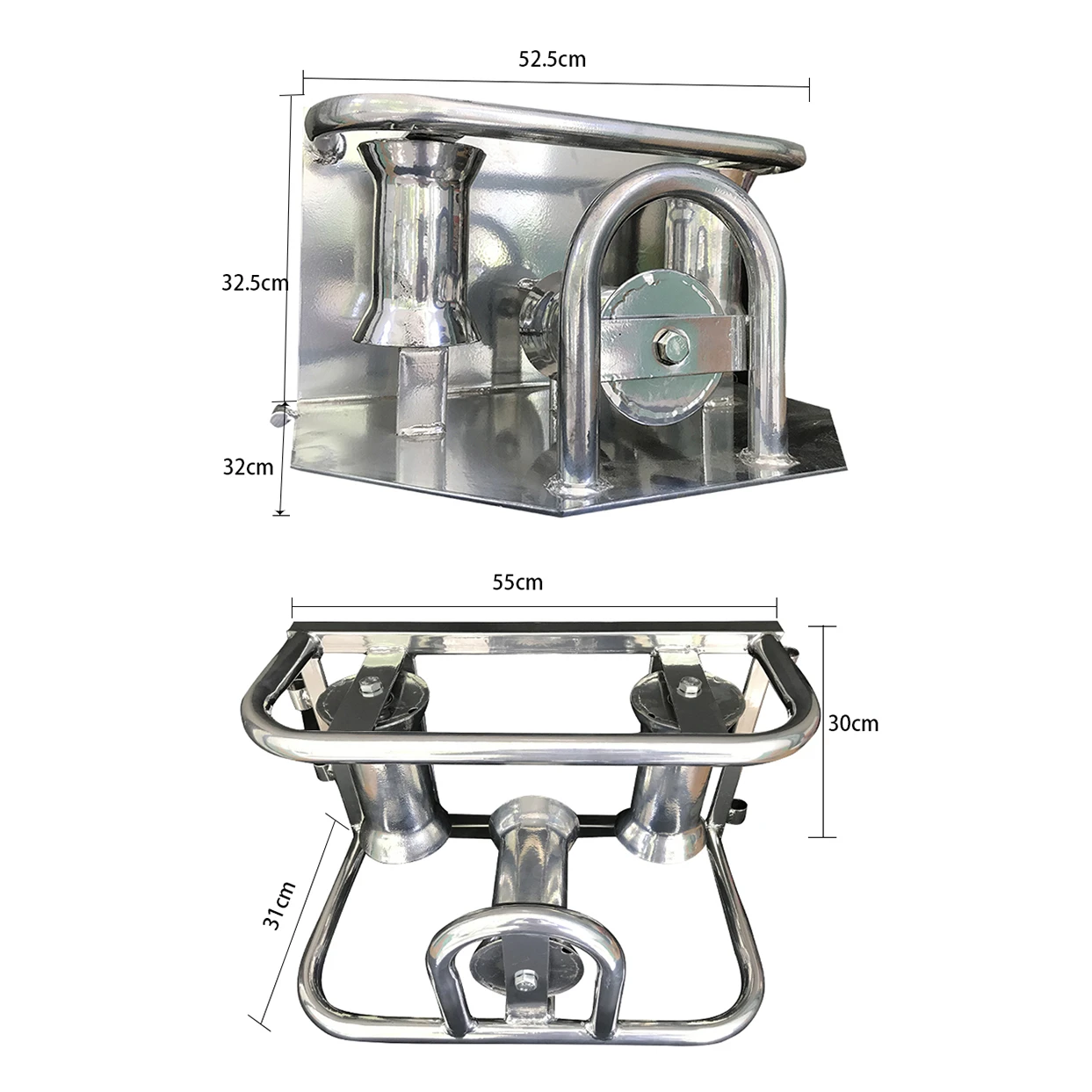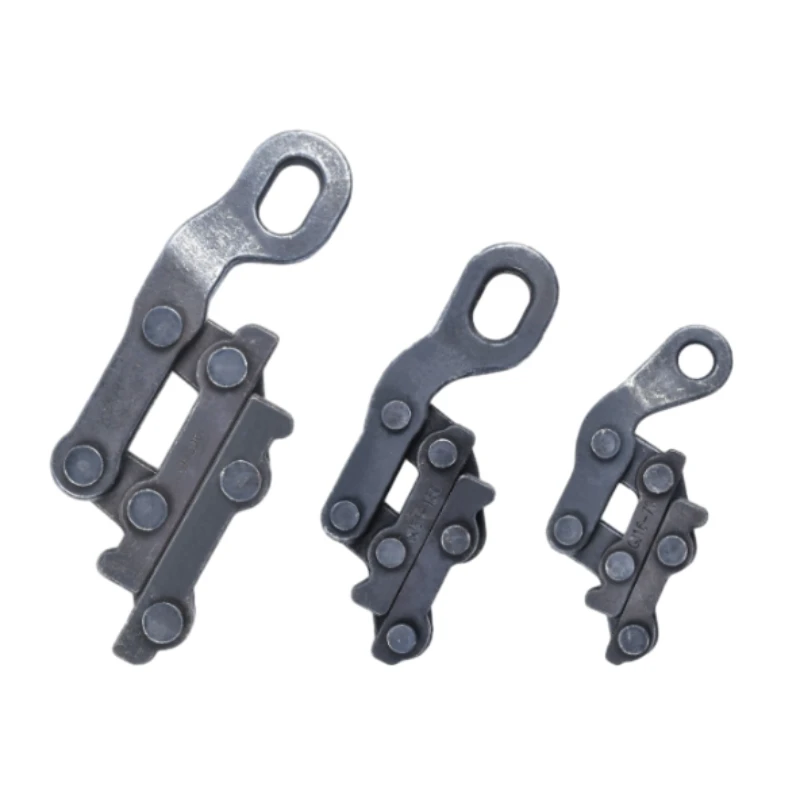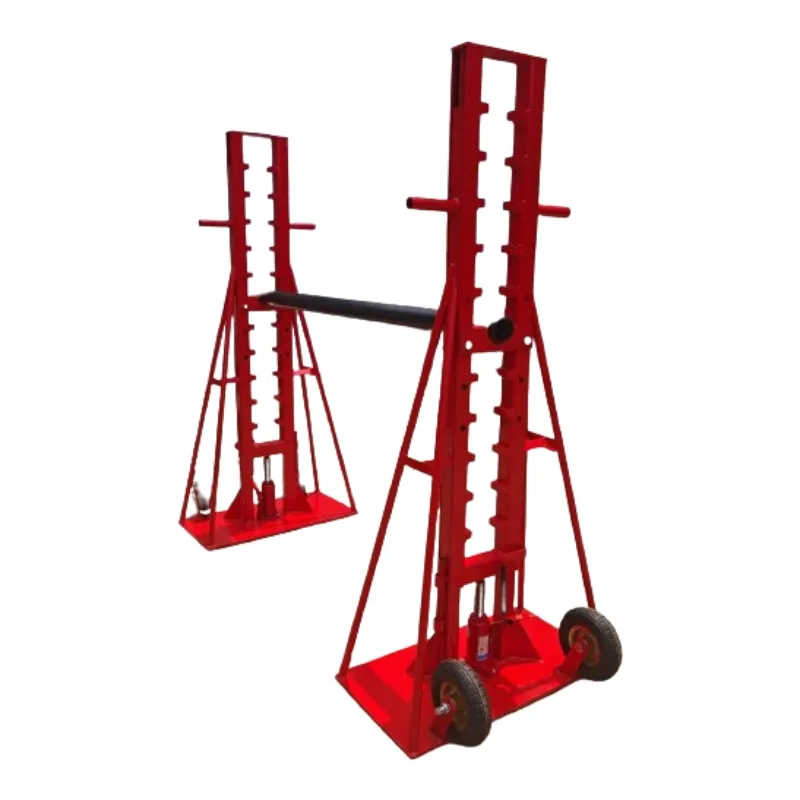- 1. Sharp blade
- forged with spring steel material, resistant to rust, corrosion, and long service life
- 2. High hardness gears
- high-frequency quenching process, stable use, free adjustment, and high work efficiency
- 3. Electroplated handle
- made of high-density iron alloy, made of hard and not easily bent material
- 4. Free telescopic handle multi-purpose use, more labor-saving, efficient, and convenient to carry
- 5. Insulated handle
- non-conductive, safer operation

|
Item No |
Size (mm) |
Svoris (kg) |
Taikymas |
Handle |
|
J40 |
346*120*38 |
1.15 |
Cutting copper or aluminum armored cable below dia 30mm;300mm2 |
/ |
|
J52 |
397(568)*165*54 |
3.1 |
Cutting copper or aluminum armored cable below dia 50mm |
Retractable |
|
J75 |
416(587)*200*55 |
3.5 |
Cutting copper or aluminum armored cable below dia 75mm |
Retractable |
|
J95 |
446(620)*248*55 |
5.7 |
Cutting copper or aluminum armored cable below dia 95mm,3*185mm2 |
Retractable |
|
J100 |
482(655)*270*59 |
6.5 |
Cutting copper or aluminum armored cable below dia 100mm;3*300mm2 |
Retractable |
|
J130 |
524(693)*328*59 |
8.7 |
Cutting copper or aluminum armored cable below dia 130mm; |
Retractable |
|
It is strictly forbidden to cut steel strand, steel core, aluminum strand, and all kinds of steel cables |
||||
- 1. After using the cable cutter, if a large gap appears between the blades, loosen the fastening screws, adjust the blades until they fit perfectly, and then tighten the screws again.
- 2. Avoid continuous rapid feed motion during shearing to prevent complete engagement between the ratchet wheels, which could lead to tooth stripping. Continue working only after hearing the clear "click" sound.
- 3. Do not discard the cable cutter casually with excessive force during use or operation.
Precision Cutting Made Easy with Ratchet Cable Cutter
In electrical, telecommunications, and industrial wiring projects, a Ratchet Cable Cutter is an indispensable tool for professionals who need precise, clean cuts on thick cables. Unlike standard cable cutters, the ratchet mechanism allows operators to cut large-diameter cables with minimal effort, reducing hand strain and ensuring accurate results.
The Ratchet Cable Cutter is designed with high-strength steel blades that can slice through copper, aluminum, or multi-strand cables without crushing or deforming them. Its ratcheting action provides mechanical advantage, which means even heavy-duty cables can be cut with controlled incremental pressure. This is especially useful in construction or maintenance sites where precision and safety are critical.
One of the main advantages of using a Ratchet Cable Cutter is safety. The ratchet mechanism allows gradual cutting, reducing the risk of sudden slips that can damage the cable or injure the operator. Additionally, many models feature ergonomic handles with non-slip grips, enhancing comfort during extended use.
The tool is also versatile. It can handle medium to large cables used in power transmission, industrial installations, and telecommunications, making it an essential part of any electrician’s or line worker’s toolkit. By providing clean and precise cuts, the Ratchet Cable Cutter ensures proper cable connections, better conductivity, and reliable long-term performance.
In summary, the Ratchet Cable Cutter is not just a cutting tool—it’s a precision instrument that saves time, reduces effort, and ensures high-quality cable work in various professional settings.
Maintenance and Longevity Tips for Your Ratchet Cable Cutter
A Ratchet Cable Cutter is a precision tool that can last for years if properly maintained. Regular care not only extends the tool’s lifespan but also ensures safe and efficient operation during every cutting task.
Start by keeping the blades clean and free from debris. After each use, wipe down the cutter to remove dust, grease, or small metal fragments. Applying a light oil to the ratchet mechanism and blade joints prevents rust and ensures smooth operation. A well-lubricated Ratchet Cable Cutter allows the ratchet system to function properly, reducing hand strain and improving cutting efficiency.
Inspect the blades regularly for signs of wear or damage. Dull or chipped blades compromise cutting performance and can crush cables instead of slicing them cleanly. Replacing worn blades on time keeps the Ratchet Cable Cutter reliable and precise.
Handle and storage are equally important. Store the cutter in a dry, secure place to prevent accidental damage. Avoid dropping or applying excessive force beyond its rated capacity, as this can damage the ratchet mechanism. Choosing models with ergonomic handles and safety locks also improves longevity and reduces user fatigue.
By following these simple maintenance practices, a Ratchet Cable Cutter remains a dependable tool for electricians, linemen, and industrial workers, ensuring clean, safe, and efficient cable cuts throughout its service life.



















































































































